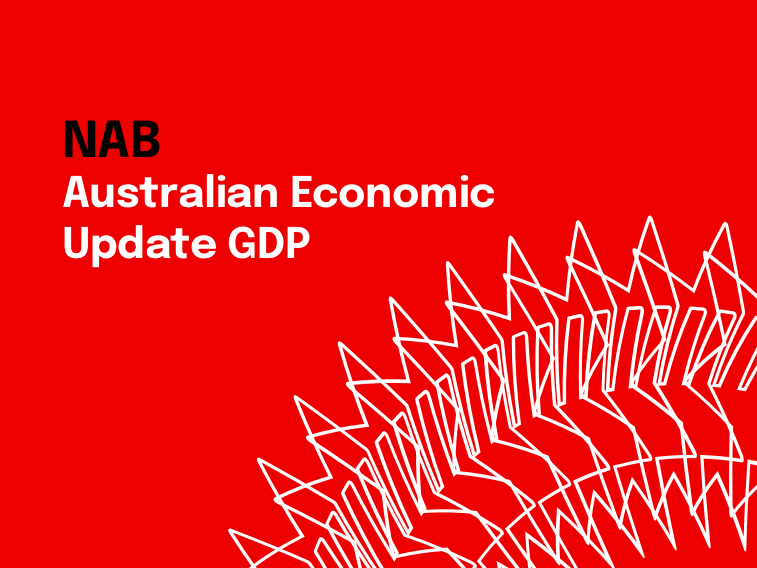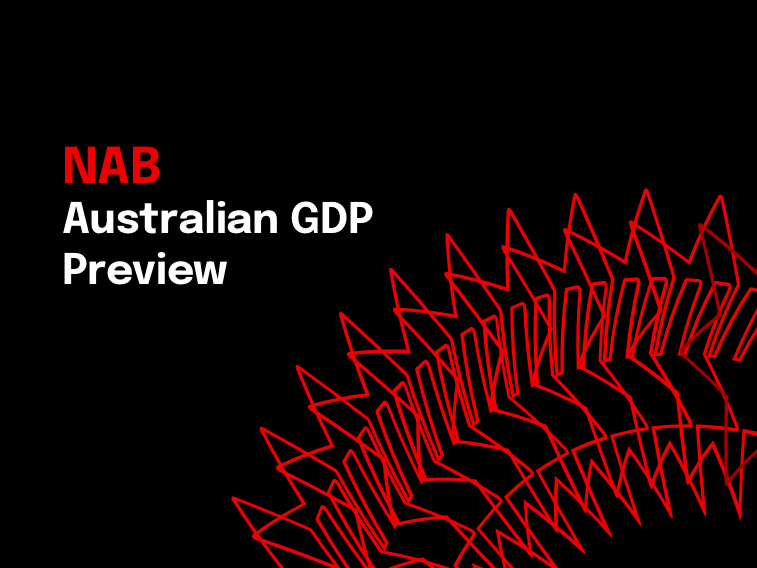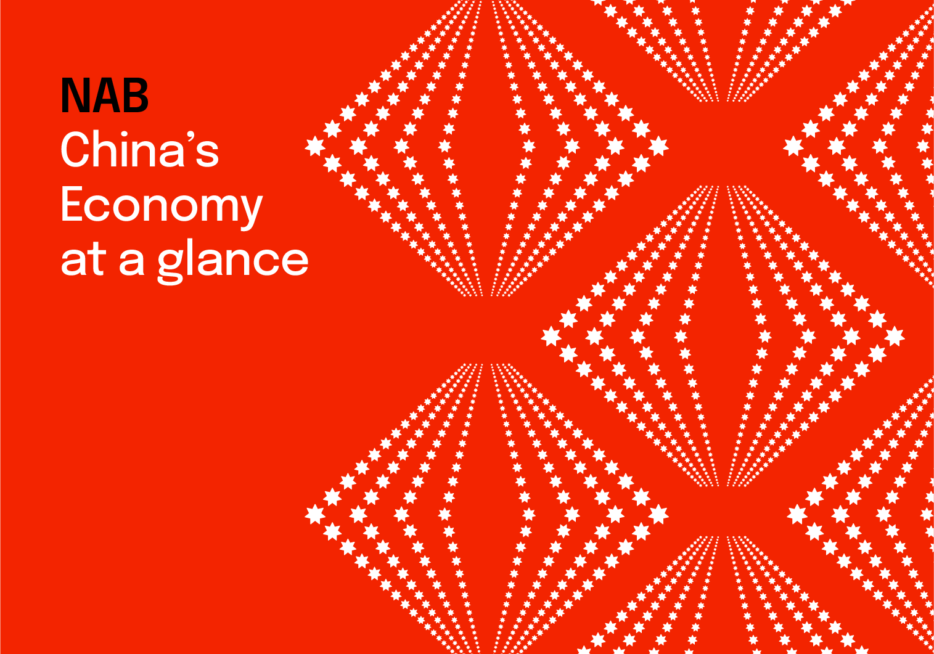A soggy start to 2025


Insight



A soggy start to 2025


Insight


A private sector improvement to support growth


Insight


Tariff pause gives China’s economy some breathing space, but longer-term uncertainty persists


Insight


Robust growth was maintained in Q1, but China faces the storm of US tariffs


Insight


China keeps growth target unchanged and rolls out a consumption plan, but will it actually be delivered?


Insight


Past the trough


Insight


Households continue to recover


Insight


Economic planners flag more stimulus in the pipeline, but there may be a wait on the details


Insight


In line with our expectations


Insight


Fiscal stimulus likely too late to boost 2024 growth, but may add some upside to 2025 forecasts


Insight


No signs of change in July as policy emphasises supply, domestic demand is subdued


Insight


China’s growth slowed in Q2, with domestic demand remaining constrained and manufacturers relying on exports


Insight


How will China respond to the European tariffs on its electric vehicle exports?


Insight


Consumption up but growth still slow


Insight


Following a slow end to 2023, a slow start to 2024


Insight
© National Australia Bank Limited. ABN 12 004 044 937 AFSL and Australian Credit Licence 230686.
